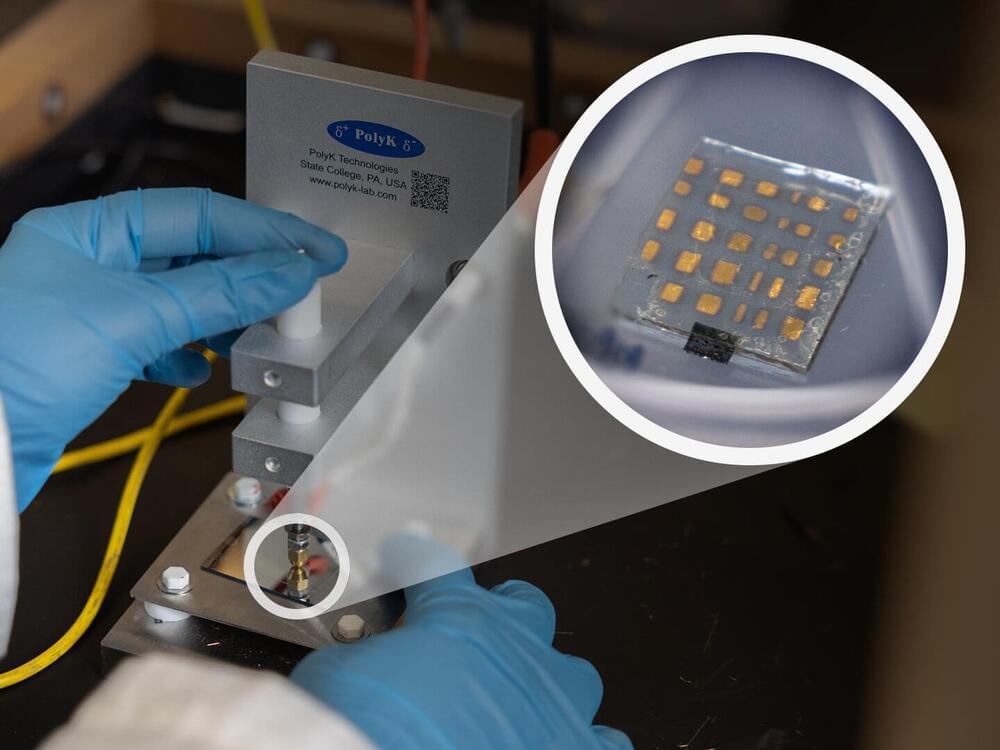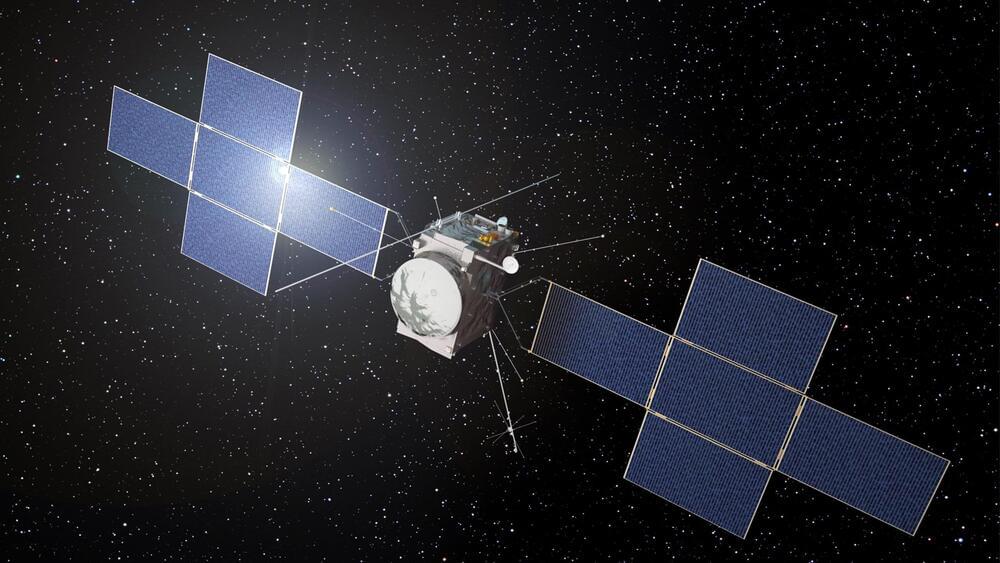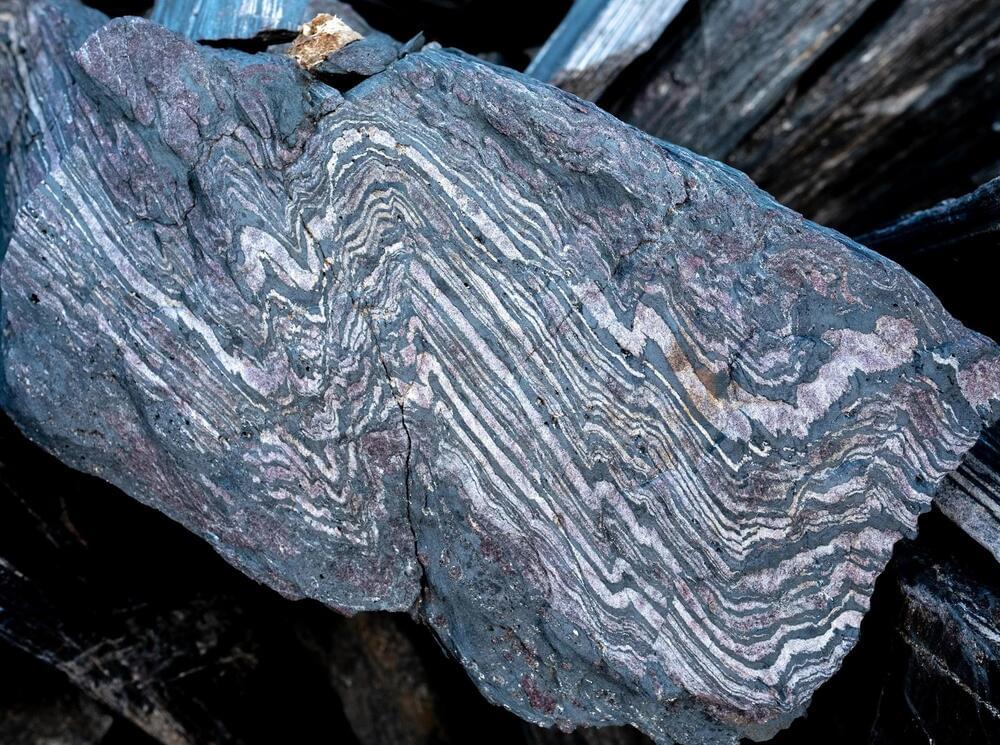Apr 25, 2024
Institute for Extinction Risk Shuts Down: What We Know
Posted by Dan Breeden in categories: computing, existential risks, mathematics
Check out courses in science, mathematics, or computer science on Brilliant! First 30 days are free and 20% off the annual premium subscription when you use our link ➜ https://brilliant.org/sabine.
The Future of Humanity Institute announced last week that they have shut down. Located at the University of Oxford in the UK prior to its demise, the institute was one of the few places worldwide studying the risk of human extinction and a few other controversial research areas. Let’s have a look at the events leading to the institute’s closure.
Continue reading “Institute for Extinction Risk Shuts Down: What We Know” »


















